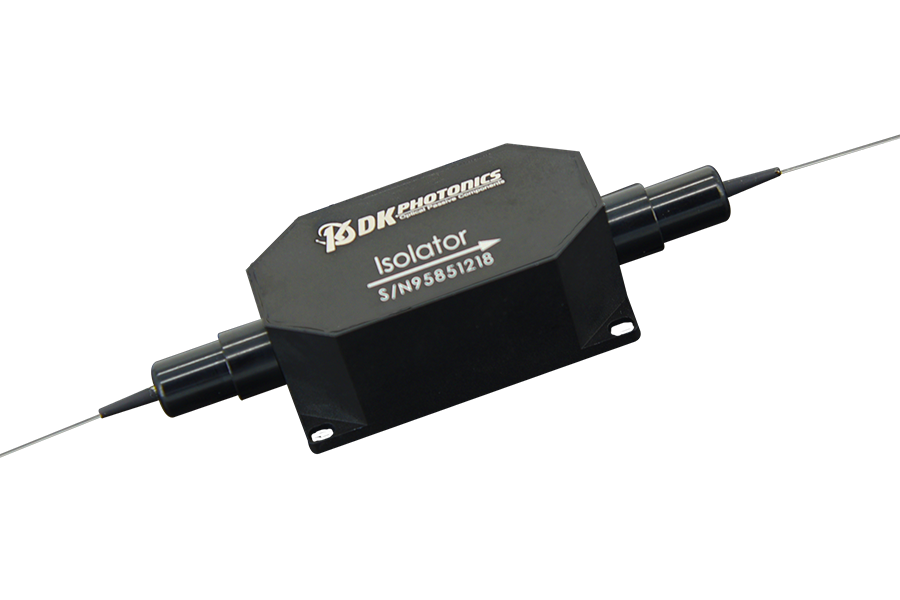In general, there are two types of isolators, namely, optical isolators and electrical isolators. Both of them are different devices and have entirely different uses and applications. People who hear about the optical isolator for the first time confuse them with electrical isolators and think that they have the same purpose and functioning. So, in this blog, we are going to discuss both types of isolators, in brief, to help you understand the difference between them.
-
Optical Isolators
An optical isolator, also known as an optical diode, is an optical passive component designed to transmit the light signal in only one direction. Its main purpose is to prevent undesirable feedback or reflection. This component works on the principle of the Faraday Effect. Hence, the main component found in an optical isolator is the Faraday rotator.
When the magnetic field is applied to the Faraday rotator, it causes a rotation in the polarization of the light due to the Faraday Effect. Optical isolators that preserve the polarized state of the light while allowing the light to travel in only one direction are called PM isolators, i.e. polarization-maintaining isolators.
Optical isolators are divided into two subcategories:
- Polarization-dependent isolators – allow the light that is polarized in only a specific direction for transmission
- Polarization-independent isolators – allow all polarized lights for transmission
Optical isolators are widely used in sophisticated light-wave systems where you cannot allow the light reflection to disturb the laser oscillator or where you want to avoid unwanted optical reflections.
-
Electrical Isolators
An electrical isolator is, technically, a type of mechanical switch. It is used in electrical circuits and devices to isolate two different parts of a circuit or an instrument. Electrical isolators are used for safely opening electrical circuits in the no-load condition as it is not safe to open an electrical circuit while the current is flowing through it.
Based on the application, electrical isolators are classified into three different types:
- Double break-type isolator – used when you need both terminals at each side to connect and disconnect
- Single break-type isolator – used when you need only one terminal to connect and disconnect
- Pantograph-type isolator – used for independent single-pole operation or three-pole ganged operation
By now, you can easily gather that both components optical isolators and electrical isolators are two different devices even though they sound a bit similar. While electrical isolators are mainly used when electrical circuits and devices need to be repaired or tested, optical isolators are widely used in fiber optics applications, such as fiber amplifiers, fiber lasers, testing, and instrumentation.
DK Photonics is the most esteemed China-based manufacturer of optical passive components, including PM isolators and Circulators. For any related queries, please feel free to write to us at sales@dkphotonics.com or call us at 86-755-23736280.


Leave A Comment